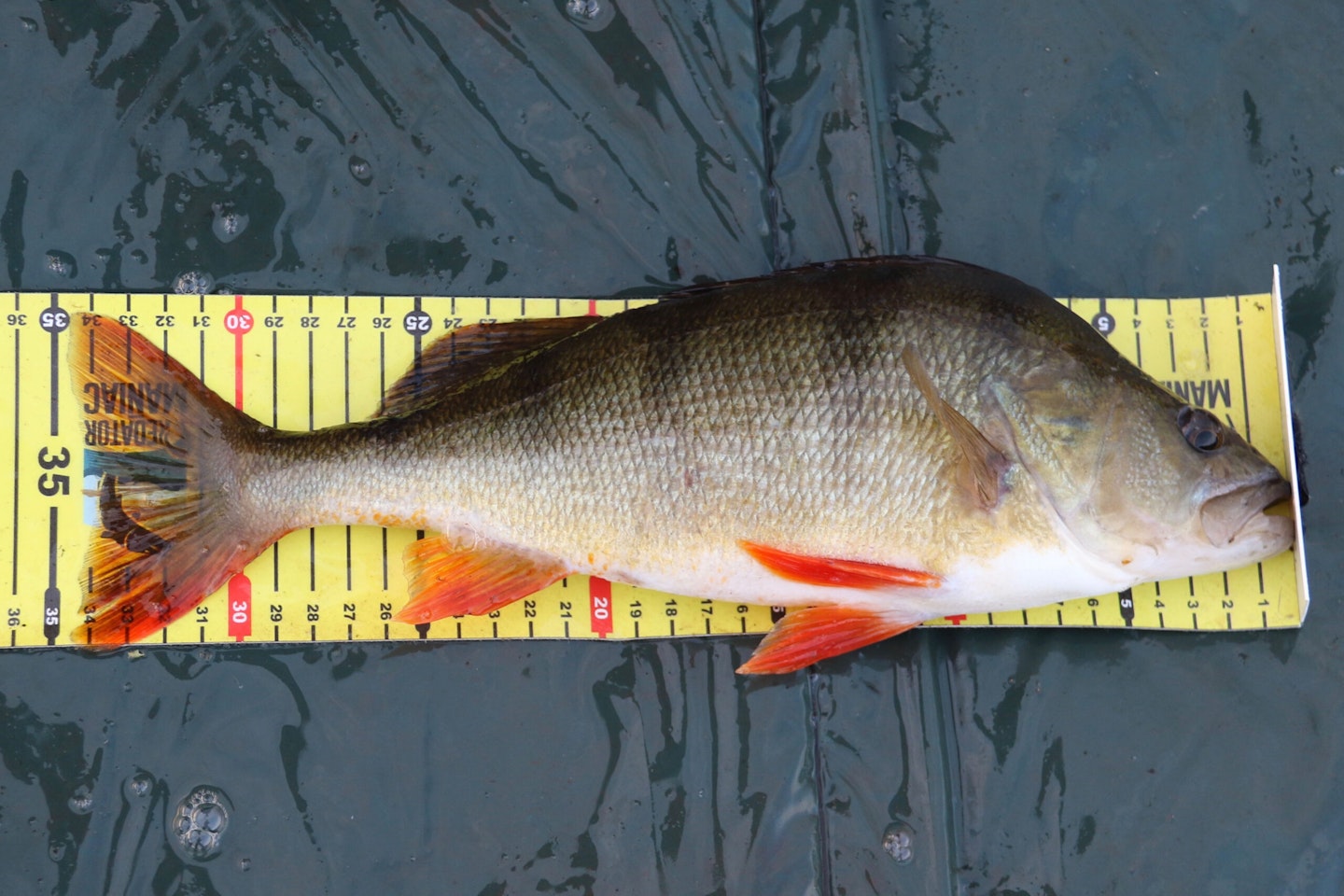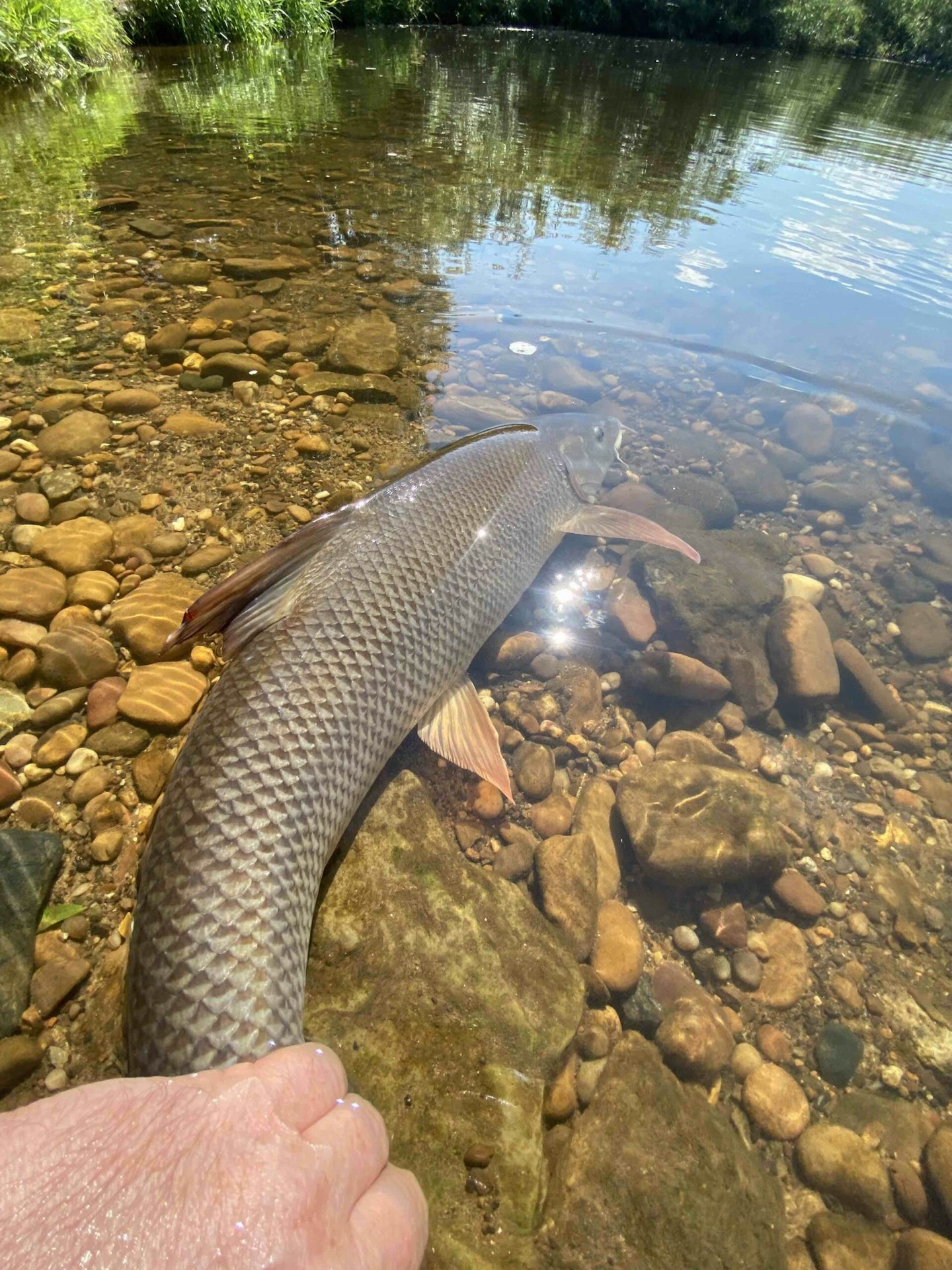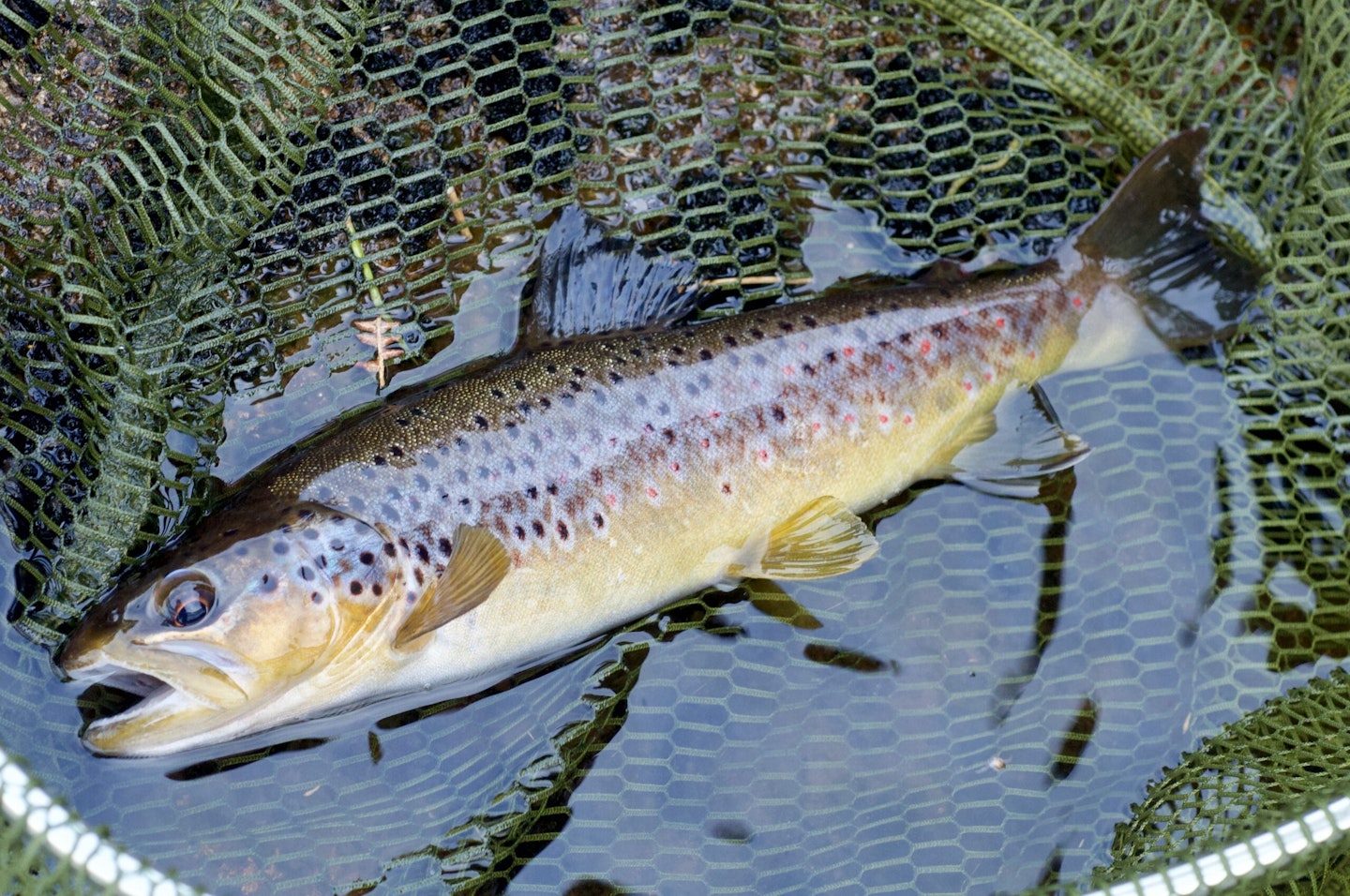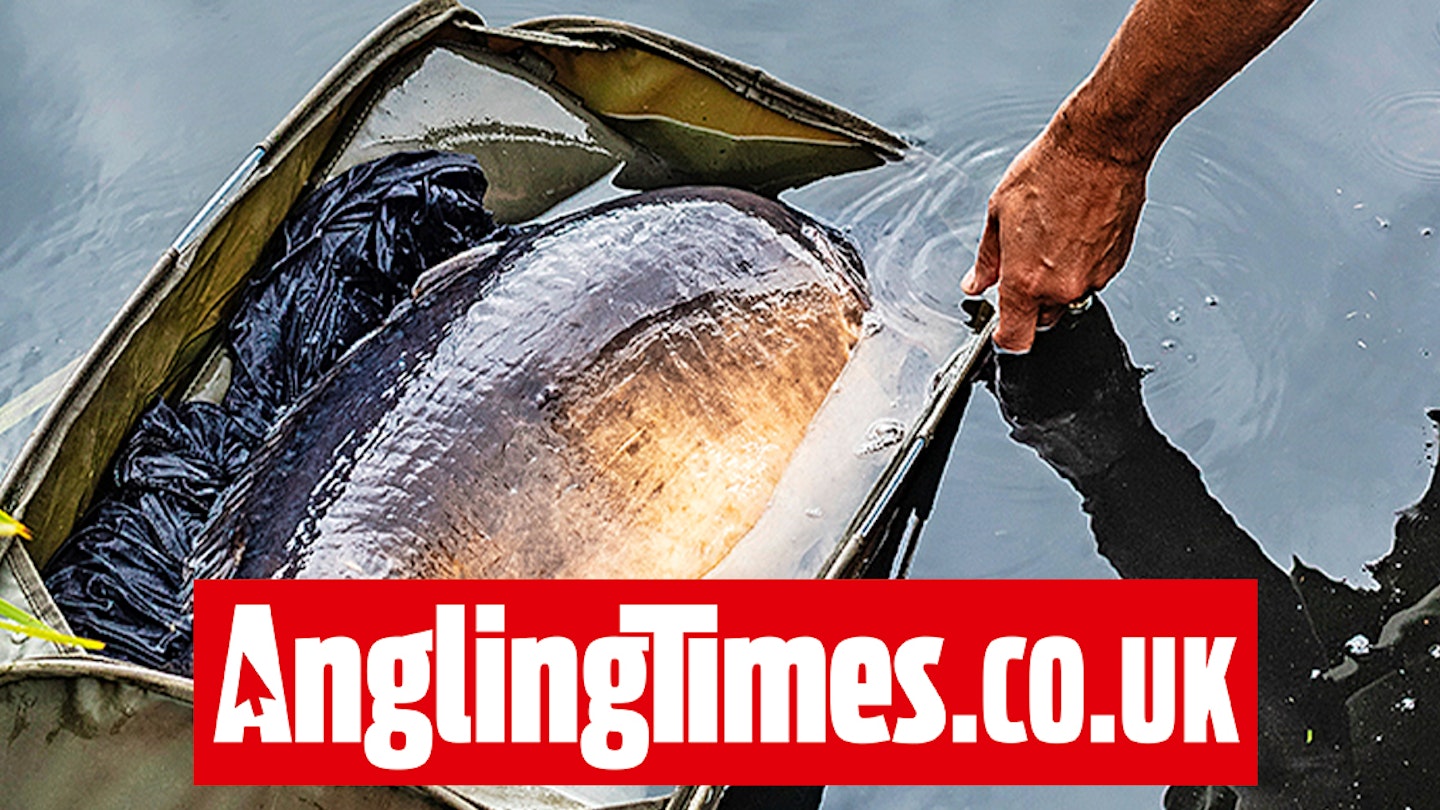The UK has developed one of the strongest catch and release cultures on the planet. Step by step, we’ve progressed to a point where it’s frowned upon to go fishing without an unhooking mat, let alone take home perch or carp for the table.
Breaking with the past
Whether we look at the banning of gaffs or the huge evolution in fish care equipment, science continues to evolve our practice further, and a surprisingly large number of recent academic studies have examined angling in depth. As more facts and findings trickle down, new angling trends emerge.
The single-biggest collection of tips and findings can be found under the Keep Fish Wet project, which reveals some fascinating revelations. However, perhaps the biggest giveaway is in the title – that the amount of time fish are out of water has a massive impact on recovery. This varies with different species and conditions. Some tests showed carp showed virtually no ill effects, even after 10 minutes’ exposure to air, while salmon faced risks after as little as 10 seconds!
Risks vary seasonally, and another test – this one done in the US on species such as the bluegill – looked at the effects of water temperature. Fish landed when the water was at 18°C showed virtually no mortalities. Once that hit the mid-twenties, however, risk levels soared. So, could the “unhooking mat police” be a little misguided in focusing on safe handling, when the evidence suggests a far more pressing priority is to keep fish in the water?
START FISHING THE RIGHT WAY AND WITH THE RIGHT TACKLE, BY CHECKING OUT OUR BUYER'S GUIDES.

Bold recommendations?
Several European studies are already making bold recommendations to anglers. These include measuring rather than weighing fish, and taking pictures of catches in the water, rather than the classic “grip and grin” pose. Other big conclusions relate to hooks and fishing methods.

Deep hooking is a particular risk, and bite indication comes under the spotlight, along with choice of methods. Salmon and pike showed vastly higher recovery rates when caught on lures or flies in tests, compared to traditional bait fishing. However, the UK trends of bolt-rigging and Method Feeder fishing would compare quite favourably here, as they all but eliminate deep hooking. Surprisingly, some studies indicate that there is “little evidence” that barbless hooks reduce risks.
Researchers also found that fish were quite adept at shedding hooks, even those lodged deeply!
Another huge consideration is the exhaustion factor of fish, particularly those with high oxygen requirements such as barbel pike and grayling. All the evidence points to the value of strong tackle for a short but sweet fight, especially in warmer weather, while another key recommendation is to “rest” your catch in the net, rather than immediately lift a tired fish out of the water.
FIND THE PERFECT NATURAL VENUE FOR YOUR NEXT FISHING SESSION BY CHECKING OUT OUR WHERE TO FISH GUIDES.

A further overwhelming factor across studies is the value of experience in angling – seasoned anglers tend to be more skilled and efficient. Could we provide more connections between coaches, experts and beginners? Education will certainly be key when it comes to future scrutiny. But the huge positive here is the great respect the vast majority of anglers show for fish and their habitats.
Past lessons and future trends in fish care
CATCH AND RELEASE BECOMES THE NORM: From the 1960s, angling’s leading voices become increasingly vocal about returning fish. Matches, including the National Angling Champs, move away from “catch and kill” at the weigh-in.
SAFER HOOKS: Development of better hooks is led by Kamasan and others in patterns like the B520 appearing in the 1980s. Chemically sharpened models now feature much smaller “micro barbs”, while barbless patterns soon follow.
FISH-FRIENDLY NETS: By the late 1990s to the early 2000s, landing and keepnets drastically improve, with a special accreditation mark scheme from 2005. Unhooking mats become the norm, in
part thanks to the growth of commercial carp fisheries.
TOMORROW’S TRENDS?
MEASURE INSTEAD OF WEIGH?
Across much of the Europe and the world, fish are now measured rather than weighed. The evidence shows that this reduces time out of the water. UK fly and lure anglers are already embracing this, encouraged by the competition scene.
GOODBYE “GRIP ‘N’ GRIN”?
Game fish are now increasingly pictured in their element, rather than “grip ‘n’ grin” style. Could this catch on with coarse fish? Science shows the “wet look” is better for fragile species. Experts also recommend anglers “cradle, not squeeze” fish, which have their vital organs just behind the gills.

ROBUST TACKLE AND RESTING FISH
Admiration is fading fast for anglers playing big fish on light gear. Today’s better tackle helps keep battles short and sharp, rather than playing fish to exhaustion. Another big trend is leaving fish in the water to rest briefly, rather than immediately hoisting them into fresh air.
SWITCHING HOOKS AND METHODS?
Methods like lure and fly fishing tend to lead to lighter hooking than bait fishing. That said, bolt-rigging also tends to give clean hookholds. Many anglers worldwide now switch trebles for singles, or use circle hooks.
This page is a free example of the amazing content Angling Times Members get every single week. Becoming an Angling Times Member gives you access to award-winning magazine content, member rewards, our back issue archives, bonus content and more! Join our fishing community and find out more today!
